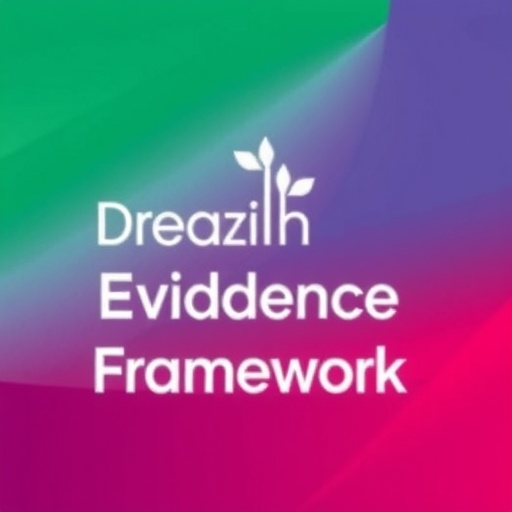WASHINGTON — A combination of nonsteroidal anti-inflammatory drugs and TNF-inhibitors may help slow down spine damage in ankylosing spondylitis, according to new research findings presented this week at the American College of Rheumatology Annual Scientific Meeting in Washington.
Ankylosing spondylitis (AS) is an inflammatory form of arthritis that frequently affects the joints of the spine. It's more common in men. People with AS often are negative for rheumatoid factor, but positive for the, [gene or allele – depending on target audience] Human Leukocyte Antigen (HLA) B27.
Recent research on the effectiveness of nonsteroidal anti-inflammatory drugs (NSAIDs) and tumor necrosis factor inhibitors (TNFi) on patients with inflammatory arthritis has been mixed, so researchers at the University of California, San Francisco in conjunction with several other investigators conducted a study to analyze the direct and interactive effects of a combination of the two therapies on radiographic (X-ray) progression of AS. The study was a multicenter cohort funded by the National Institutes of Health (NIH).
"Until 2003, the only drugs available to treat AS were NSAIDs. When the first TNFi was approved in 2003, the disease state changed. Suddenly, we could offer therapies to patients with incredible efficacy," said Lianne S. Gensler, MD, Director of the Ankylosing Spondylitis Clinic at the University of California, San Francisco, and the lead author of the study. Despite the robust clinical response, TNFi could not show the disease progression (by X-ray) slowing down, she noted.
"Researchers posited that there was a different mechanism to explain the damage that occurred in AS, and that though we were treating the inflammation, we may not be addressing the ankylosis that appeared to continue. At the same time, several studies came out looking at NSAIDs to see if they could slow down progression, and these results were mixed," she said. "Despite the controversy, as we saw patients on these drugs over the next decade, the clinical experience did not match the 'evidence' that suggested no effect. Patients were not developing the severe damage we had become accustomed to. Based on the controversial data, and having prospectively collected detailed medication data in a longitudinal cohort [PSOAS – Prospective Study of Outcomes in AS] over 10 years, we were able to ask the research question in a longitudinal manner, not only addressing the effects of TNFi, but also NSAIDs and the relationship between these two medications."
The study included 527 AS patients who met the modified New York criteria in a prospective cohort with at least two years of clinical and radiological follow-up. The researchers defined radiographic progression longitudinally, with a ?2 modified Stoke Ankylosing Spondylitis Spine Score (mSASSS) unit increase in 24 months. Patients with high mSASSS scores were censored if they could not meet the progression definition over the next follow-up period. They used a longitudinal, mixed-effects, multivariate logistic regression model to find associations with NSAID and TNFi therapy and radiographic progression.
The patients in the study were 76 percent male, had a mean age of 42.7 and mean disease duration of 18.45 years. Their baseline median mSASSS score was 5.36, and they were followed for a median of 3.67 years. Seventy-eight percent of the patients used NSAIDs, and 58.4 percent used TNFi drugs.
Multivariate results of the study showed that there was significant interaction between TNFi and NSAIDs. When TNFi were used with higher doses of NSAIDs (at least 50 percent of the maximum daily dose), patients had a 70 percent reduction in radiographic progression.
"This is the first study to show this relationship and potentially sheds light on why prior study results have been so controversial," said Dr. Gensler. "I think it is important to remember that despite the results, not every patient will progress or warrant this kind of regimen. That said, for those with greater risk, this combination may be especially helpful."
The researchers will next analyze another year's worth of data to clarify their findings even more, Dr. Gensler said.
"It is also important to remember that this is a cohort of patients being studied, not a randomized controlled trial, so there may be unmeasured confounders and biases with regards to why various medications are used by different patients," she said. "In the future, a randomized controlled trial with a radiographic outcome may allow us to answer the question in the purest way."
This research was supported by funding from the NIH's National Institute of Arthritis and Musculoskeletal and Skin Diseases.
###
About the American College of Rheumatology
Headquartered in Atlanta, Ga., the American College of Rheumatology is an international medical society representing over 9,400 rheumatologists and rheumatology health professionals with a mission to Advance Rheumatology! In doing so, the ACR offers education, research, advocacy and practice management support to help its members continue their innovative work and provide quality patient care. Rheumatologists are experts in the diagnosis, management and treatment of more than 100 different types of arthritis and rheumatic diseases. For more information, visit http://www.rheumatology.org.
About the ACR/ARHP Annual Meeting
The ACR/ARHP Annual Meeting is the premier meeting in rheumatology. With more than 450 sessions and thousands of abstracts, it offers a superior combination of basic science, clinical science, tech-med courses, career enhancement education and interactive discussions on improving patient care. For more information about the meeting, visit http://www.acrannualmeeting.org/, or join the conversation on Twitter by following the official #ACR16 hashtag.
Media Contact
Jocelyn Givens
[email protected]
404-633-3777 x810
@ACRheum
http://www.rheumatology.org




